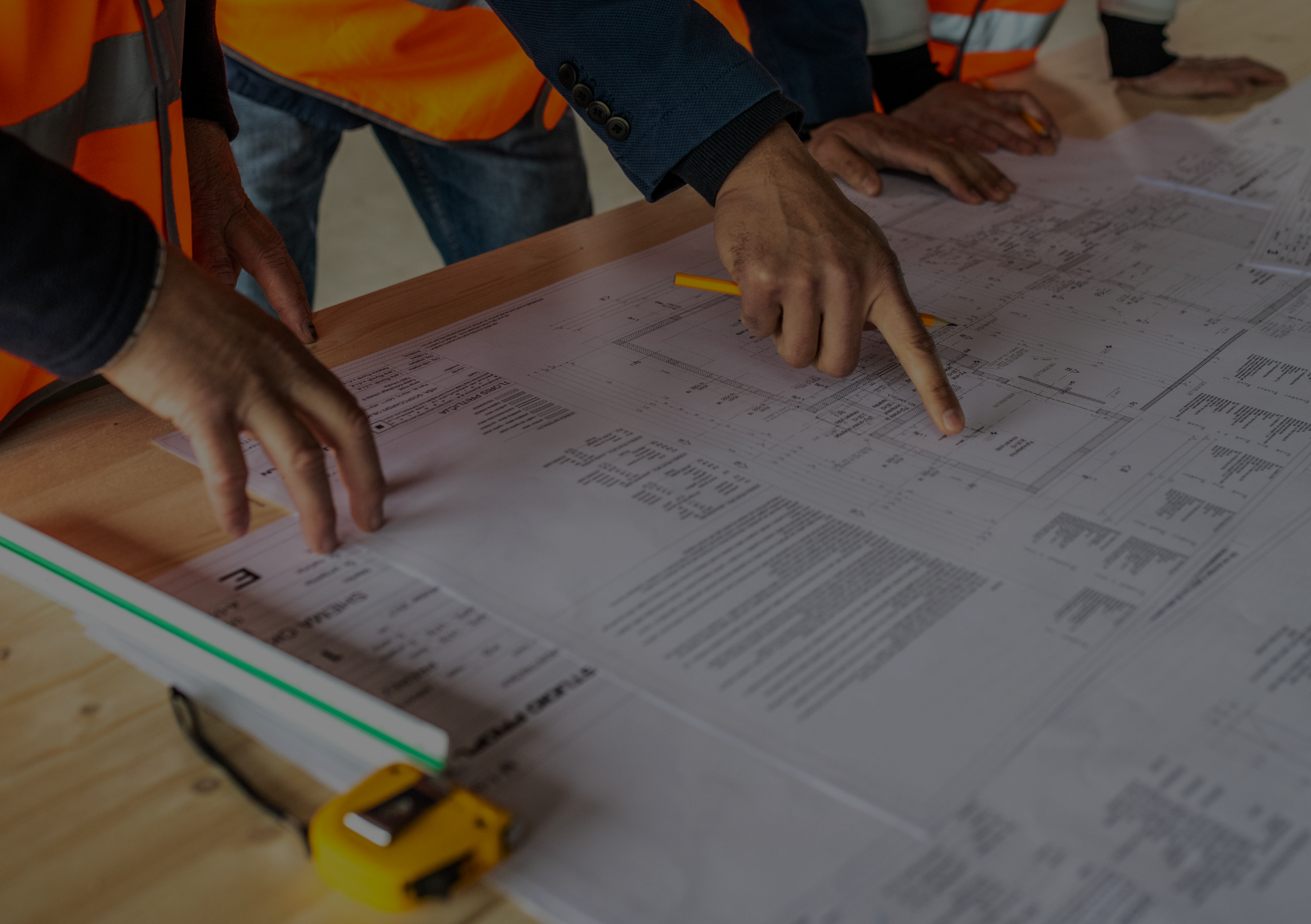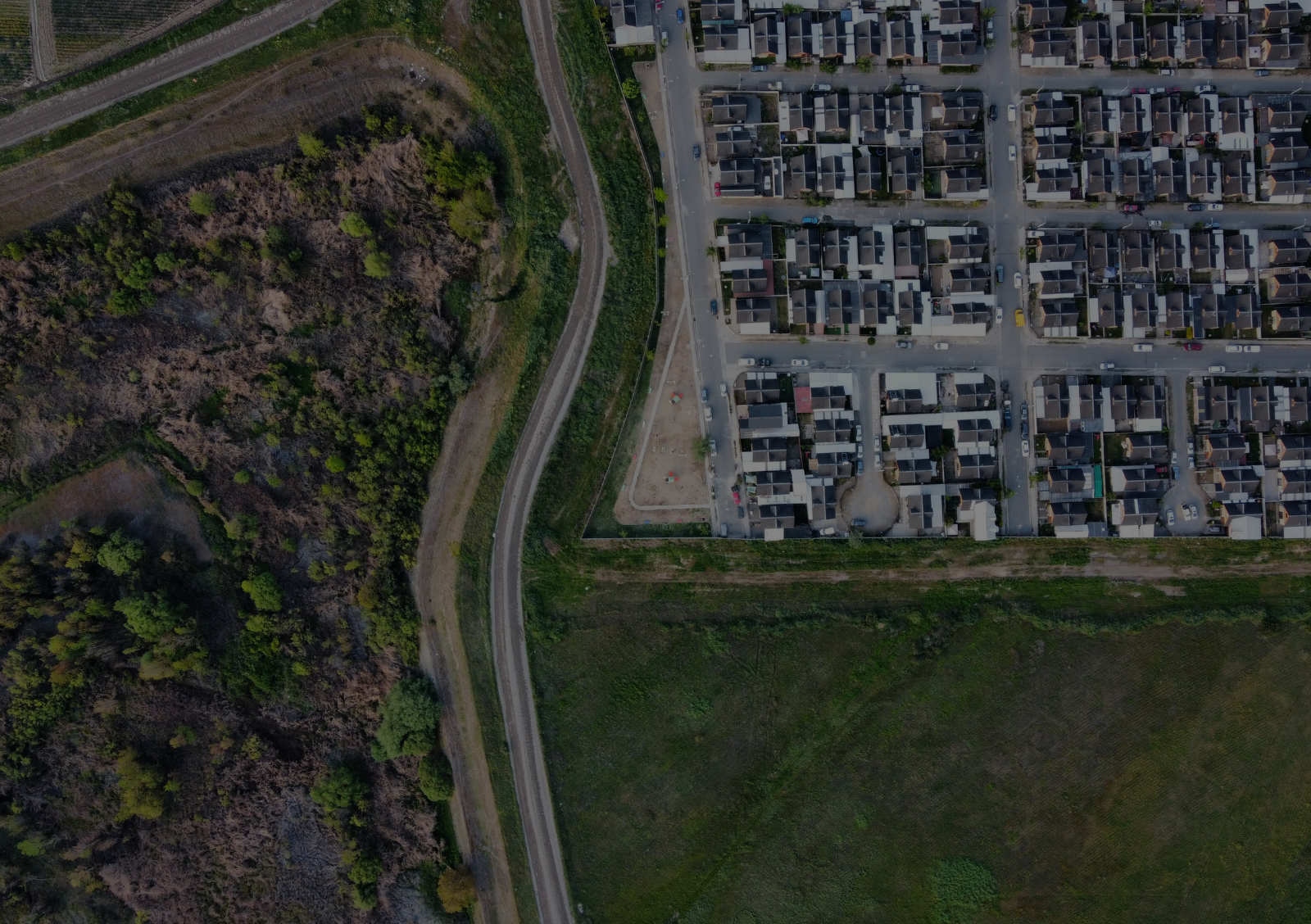Why Urban Planning and Development Service are Essential
Having worked closely with local US communities and city councils, I’ve seen how urban development transforms not just physical spaces, but lives. Good infrastructure development isn't just about roads and utilities—it’s about designing vibrant, livable environments. With careful site analysis and site planning, we ensure every square foot serves a meaningful purpose. Through smart land subdivision and zoning regulations, we help cities grow efficiently while staying compliant with evolving policies.
What makes our approach unique is how we weave together neighborhood planning, public space planning, and green infrastructure to build spaces that people truly want to live in. By focusing on transit-oriented development and smart growth, we reduce traffic congestion and improve connectivity. Our urban design blends aesthetics with function, while housing development ensures inclusivity. We’re not just focused on city planning or spatial planning—we look at the full picture, from master planning and comprehensive planning to urban regeneration projects and city regeneration initiatives. This is how thoughtful, modern urban planning should work.
From my experience working with city planners and developers, the most successful communities are shaped by strong policies and clear direction. Tools like zoning regulations help control land use and avoid overcrowding, while urban growth boundaries guide cities to grow in smart, manageable ways. These strategies allow planners to balance natural spaces with housing and business needs. I’ve seen firsthand how using these methods keeps urban sprawl in check and preserves the character of neighborhoods.
Our Urban Planning and Development Service focuses on creating smart, sustainable, and livable communities. We blend zoning regulations, infrastructure planning, and land use efficiency to support balanced growth. With a strong emphasis on community engagement, affordable housing, and green infrastructure, we help shape resilient cities. Our team collaborates with local governments and stakeholders to deliver tailored solutions that promote smart growth, walkability, and long-term urban success.
One powerful approach is mixed-use development, which blends homes, shops, and offices into a single area. It creates walkable neighborhoods and reduces reliance on cars—something that both planners and residents appreciate. In every stage of planning, government bodies like the U.S. Department of Housing and Urban Development (HUD) and the Royal Town Planning Institute (RTPI) play key roles in setting the standards. Organizations such as the Urban Land Institute (ULI) also offer essential research and insight that guide practical decisions on the ground.
Over the years, working alongside urban planners has shown me the true power of thoughtful city-making. Professional planning brings sustainable development to life by balancing land use efficiency with affordable housing, energy-efficient buildings, and strong transportation planning. Through geographic information systems (GIS) and spatial analysis, we uncover patterns to support data-driven planning and climate-adaptive planning. This not only helps manage zoning laws but also ensures regulatory compliance and policy alignment, making room for inclusive communities and community well-being.
By using tools like smart growth, walkability increases, traffic congestion reduction becomes possible, and public transportation access improves. Cities thrive when there's community engagement, civic participation, and active stakeholder involvement. These actions support resilient cities, disaster resilience, and urban renewal, leading to real estate development alignment and property value increase. With local government collaboration, public-private partnerships, and a commitment to environmental justice, planners can ensure effective governance, resource optimization, and a long-term urban vision focused on sustainable growth strategies, green infrastructure, and low-carbon cities that protect land conservation and support regional planning. In the end, it's all about creating places where people can thrive.


